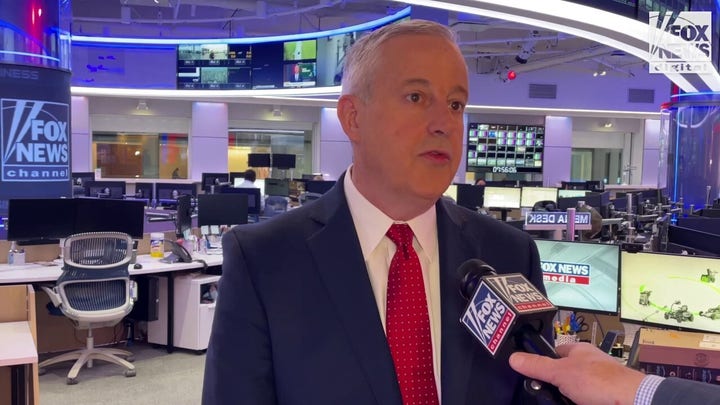With 15 days until Election Day in November, polls point to a margin-of-error race for the White House between Vice President Kamala Harris and former President Trump.
But in the dash for campaign cash – another key metric in presidential politics – there is one very clear frontrunner: Harris.
The vice president entered the final full month of the campaign with a massive financial advantage over the former president, according to new federal fundraising filings late Sunday.
The Harris campaign hauled in $221.8 million in September, according to the filings, more than triple the $63 million brought in by the Trump campaign last month.
Roughly a quarter of the money raked in by the vice president came during celebrity-studded fundraisers in Los Angeles and San Francisco at the end of last month.
Harris has vastly outraised and outspent Trump since replacing President Biden atop the Democrats’ 2024 ticket three months ago, and that trend continued in September. The largest expense by the Harris campaign was for paid media – mostly to run ads.
But the vice president still enjoyed a large cash-on-hand advantage over Trump entering October.
The Harris campaign reported $187 million in its coffers at the end of September, compared to $119 million for the Trump campaign.
The fundraising totals reported by the two major party campaigns don’t include additional money raked in by the two national party committees, other affiliated organizations – both campaigns use a slew of affiliated fundraising committees to haul in cash – or aligned super-PACs supporting Harris and Trump.
The Biden campaign and the Democratic National Committee enjoyed a fundraising lead over Trump and the Republican National Committee earlier this year. But Trump and the RNC topped Biden and the DNC by $331 million to $264 million during the second quarter of 2024 fundraising.
Biden enjoyed a brief fundraising surge after his disastrous performance in his late June debate with Trump as donors briefly shelled out big bucks in a sign of support for the 81-year-old president.
But Biden’s halting and shaky debate delivery also instantly fueled questions about his physical and mental ability to serve another four years in the White House and spurred a rising chorus of calls from within his own party for the president to end his bid for a second term. The brief surge in fundraising didn’t last and, by early July, began to significantly slow down.
Biden bowed out of the 2024 race on July 21, and the party quickly consolidated around Harris, who instantly saw her fundraising soar, spurred by small-dollar donations.
The Harris campaign on Sunday spotlighted its grassroots donors, as it announced that 95% of its donations in the past three months were under $200.
This isn’t the first time Trump’s faced a fundraising deficit. He raised less than 2016 Democratic presidential nominee Hillary Clinton in his White House victory and Biden four years ago in his re-election defeat.
When asked about the fundraising deficit, Republican National Committee chair Michael Whatley told Fox News Digital last month that ‘the Democrats have a ton of money. The Democrats always have a ton of money.’
However, he emphasized that ‘we absolutely have the resources that we need to get our message out to all the voters that we’re talking to and feel very comfortable that we’re going to be able to see this campaign through and we’re going to win on Nov. 5.’
The presidential campaigns later this week will give us another look at their finances – as they’re required on Thursday to file reports to the Federal Election Commission for their fundraising for the first 16 days of October.
Fundraising, along with polling, is a key metric in campaign politics and a measure of a candidate’s popularity and their campaign’s strength. The money raised can be used to – among other things – hire staff, expand grassroots outreach and get-out-the-vote efforts, pay to produce and run ads on TV, radio, digital and mailers, and for candidate travel.

